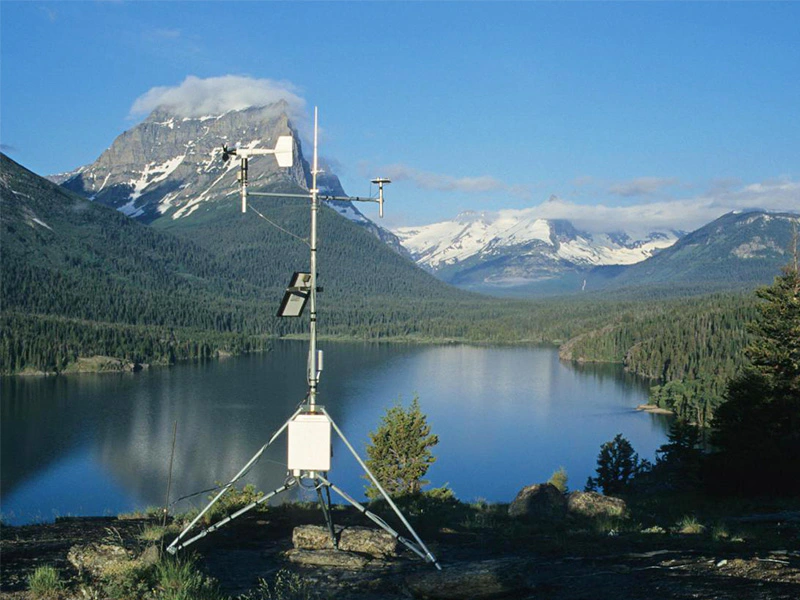Meteorological Station Weather Data Analysis

html
Meteorological Station Weather Data Analysis
Weather data collected from meteorological stations plays a crucial role in understanding climate patterns, predicting weather changes, and supporting various industries such as agriculture, aviation, and disaster management. In this article, we explore the significance of meteorological station data and how it can be analyzed to derive meaningful insights.
The Importance of Meteorological Stations
Meteorological stations are equipped with advanced instruments to measure various atmospheric parameters including temperature, humidity, wind speed, precipitation, and atmospheric pressure. These stations serve as the backbone of weather forecasting systems and climate research.
Key measurements typically recorded at meteorological stations include:
- Temperature (minimum, maximum, and average)
- Relative humidity
- Wind direction and speed
- Precipitation amount
- Atmospheric pressure
- Solar radiation
Analyzing Weather Data
Proper analysis of meteorological station data can reveal important trends and patterns. Some common analytical approaches include:
Time Series Analysis
Examining weather parameters over time helps identify seasonal variations, long-term climate trends, and potential anomalies. This is particularly valuable for climate change studies.
Spatial Analysis
Comparing data from multiple meteorological stations across different locations provides insights into regional weather patterns and helps create more accurate weather models.
Extreme Event Detection
Analyzing historical data helps identify patterns that precede extreme weather events, improving early warning systems for storms, heatwaves, or heavy rainfall.
Applications of Weather Data Analysis
The insights gained from meteorological station data analysis have numerous practical applications:
- Agriculture: Farmers use weather data to optimize planting and harvesting schedules.
- Energy Sector: Power companies rely on weather forecasts to predict energy demand.
- Transportation: Aviation and maritime industries use weather data for route planning and safety.
- Urban Planning: Cities use climate data to design infrastructure resilient to weather extremes.
Challenges in Weather Data Analysis
While meteorological stations provide valuable data, analysts face several challenges:
- Data quality issues due to instrument malfunctions or environmental factors
- Incomplete datasets from remote stations
- Integrating data from different types of stations and measurement systems
- Processing large volumes of data in real-time for forecasting
Despite these challenges, continuous improvements in sensor technology and data analysis methods are enhancing the accuracy and usefulness of meteorological station data.
As climate patterns become more unpredictable, the role of meteorological stations and sophisticated data analysis techniques will only grow in importance for both scientific research and practical applications.
Keyword: meteorological station
